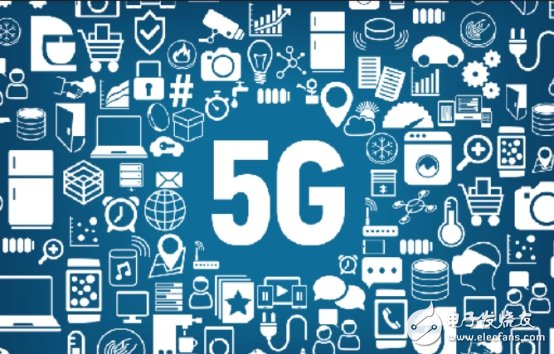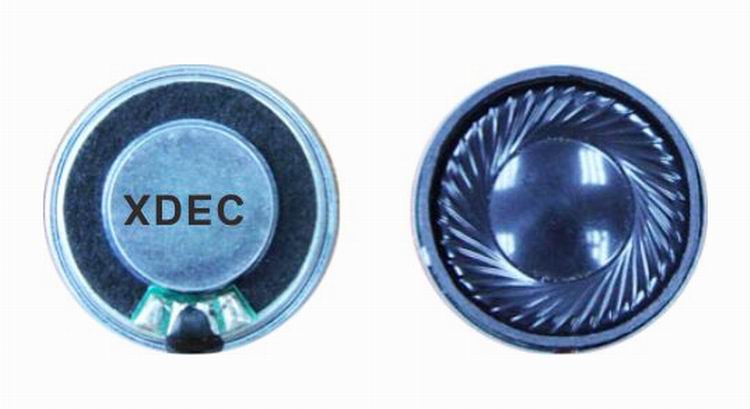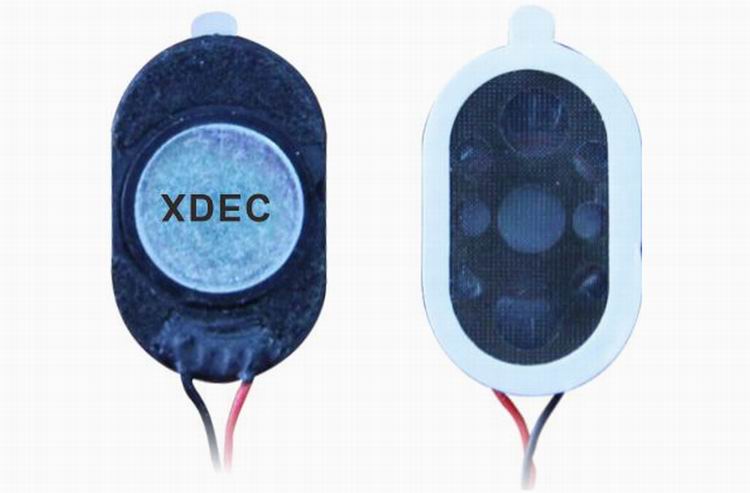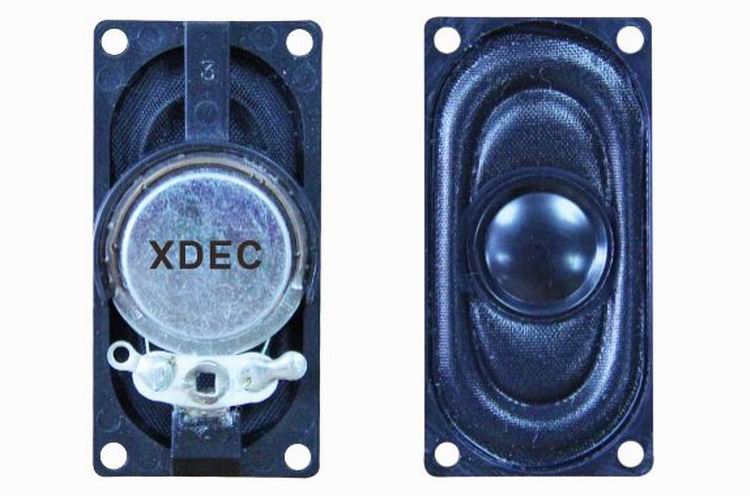According to foreign media reports, Australian operator Optus announced that it has cooperated with Huawei to complete the 5G network test. The single-user downlink rate exceeds 35Gbps. The main purpose of this test is to explore the spectral efficiency of millimeter-wave frequencies (above 30 GHz) and is also considered to be the key to realizing the potential of 5G networks. The test is also part of the 5G collaboration memo between Optus' parent company Singtel and Huawei, and uses technologies such as millimeter wave and polarization coding.
In the millimeter wave band, the 28 GHz band and the 60 GHz band are the two most promising bands for use in 5G. The available spectrum bandwidth in the 28 GHz band is up to 1 GHz, while the available signal bandwidth per channel in the 60 GHz band is up to 2 GHz (the entire 9 GHz available spectrum is divided into four channels).
In contrast, the highest frequency carrier in the 4G-LTE band is around 2 GHz, and the available spectrum bandwidth is only 100 MHz. Therefore, if the millimeter wave band is used, the spectrum bandwidth can be easily reduced by 10 times, and the transmission rate can be greatly improved. In the 5G era, we can use the millimeter wave band to easily use the mobile phone 5G to watch Blu-ray quality movies online, as long as you are not afraid of running out of traffic!

The 5G iconic capability indicator is the “Gbps user experience rateâ€. A set of key technologies include large-scale antenna arrays, ultra-dense networking, new multiple access, full spectrum access, and new network architectures.
Large-scale antenna array is one of the most important technical means to improve the spectrum efficiency of the system. It will play an important supporting role in meeting the capacity and speed requirements of 5G systems. Ultra-dense networking can achieve a capacity of 100 times by increasing the deployment density of base stations. Enhancement is one of the most important means to meet the 5G capacity growth demand of 5G; the new multi-access technology enhances the access capability of the system by superimposing transmission of transmitted signals, which can effectively support the connection requirements of 5G network equipment; full spectrum access By effectively utilizing various spectrum resources, technology can effectively alleviate the huge demand for spectrum resources of 5G networks. The new network architecture is based on advanced technologies such as SDN, NFV and cloud computing to achieve user-centric, more flexible, intelligent, efficient and open. 5G new network.
The most obvious difference between 5G and 4G is that the former not only supports the low frequency band below 6GHz, but also extends to the millimeter wave band of 26.5 to 300GHz. The significance of this change is obvious. Before 4G, bandwidth resources were extremely scarce. Increasing spectrum utilization is almost the only option to increase transmission speed. 5G uses millimeter wave to solve the worry of limited bandwidth resources.
In the band of millimeter waves, we are not talking about the bandwidth of tens of megahertz, it will be hundreds of megabytes or even gigabits of bandwidth.
Comparison of available spectrum bandwidths for each frequency band
Another characteristic of the millimeter wave band is that it has a large attenuation in air and a weak diffractive power. The millimeter wave signal attenuation used by mobile phones is indeed relatively large, but the attenuation of millimeter wave signals (interference signals for you) emitted by other terminals is also large, so the millimeter wave system should be designed without special consideration. Interference signals, as long as the different terminals do not get too close.
The choice of 60 GHz is to take advantage of this, because 60 GHz is exactly the resonant frequency of oxygen, so the 60 GHz electromagnetic wave signal attenuates very quickly in the air, so that interference between different terminals can be completely avoided.
Of course, the millimeter wave is very attenuated in the air. This feature is also destined to be less suitable for use in outdoor mobile terminals and base stations. The plan for the use of the 5G frequency band by major manufacturers is to use the more traditional 6GHz band to ensure signal coverage in outdoor open areas, and to use ultra-high-speed data transmission by using micro base stations plus millimeter wave technology indoors.
Another feature of the millimeter wave compared to the conventional frequency band below 6 GHz is that the physical size of the antenna can be relatively small. This is because the physical size of the antenna is proportional to the wavelength of the band, and the wavelength of the millimeter wave band is much smaller than the conventional frequency band below 6 GHz, and the corresponding antenna size is also small.
Therefore, we can easily equip the mobile device with a millimeter-wave antenna array to implement various MIMO (MulTIple-Input MulTIple-Output), which means that multiple transmitting and receiving antennas are used at the transmitting end and the receiving end respectively, so that the signal passes through the transmitting. Techniques for transmitting and receiving multiple antennas at the end and the receiving end to improve communication quality, including beamforming.
How to realize the millimeter wave transceiver chip
Commercial millimeter-wave transceiver chips use CMOS technology, in order to be able to integrate with digital modules, and on the other hand to save costs. The structure of the millimeter wave transceiver chip is similar to that of the conventional band transceiver, but the millimeter wave transceiver has unique design challenges.
One is how to control power consumption. Millimeter wave transceivers require CMOS devices to operate in the millimeter wave band, so CMOS devices are required to be highly sensitive to signals.
Another problem that must be considered in a millimeter wave chip is the transmission line effect.
We can compare the wires in the circuit to a rope and compare the signal source in the circuit to the person who applies the force to the rope. When the frequency of the signal change is very slow, it is approximately equal to the static analysis, and the signal at each point on the wire is approximately equal to the signal of the signal source. When the signal changes very quickly, because the wavelength of the signal is close to or less than the length of the wire, we must carefully consider each point on the wire, and the nature of the wire (characteristic impedance) will greatly affect the signal propagation.
This effect is called "transmission line effect" in electromagnetism. When designing a millimeter wave chip, the transmission line effect must be carefully considered to ensure the normal operation of the chip.
However, despite the challenges of design, the large-scale commercialization of millimeter-wave chips is now dawning. Broadcom has introduced a 60GHz transceiver chip (BCM20138), which is targeted at the WiFi standard (802.11.ad) in the 60GHz band, and can also be seen as a way to solve the 5G millimeter wave chip solution. Qualcomm also bought a Wilocity focused on millimeter wave technology two years ago. At the same time, Samsung, Huawei Hisilicon and other heavyweight players are also stepping up the development of millimeter wave chips. I believe that in the near future we will see that the millimeter wave RF chip market has become very lively.
Doorbell speaker:
Doorbell speaker is a kind of micro speaker unit which uses a diaphragm made of Mylar material. Doorbell speakers are of ultrathin design and lightweight and clear voice. It is widely used in building security industry (e.g. intercom, video door phone, intelligent door control..)
There are two types of Mylar speakers from the shapes:
1) Round shapes, we have products from 10mm to 57mm in diameter.
2) Oblong shape, we have products in sizes of 1510/1712/1813-..




FAQ
Q1. What is the MOQ?
XDEC: 2000pcs for one model.
Q2. What is the delivery lead time?
XDEC: 15 days for normal orders, 10 days for urgent orders.
Q3. What are the payment methods?
XDEC: T/T, PayPal, Western Union, Money Gram.
Q4. Can you offer samples for testing?
XDEC: Yes, we offer free samples.
Q5. How soon can you send samples?
XDEC: We can send samples in 3-5 days.
Doorbell Speaker,Doorphone Speaker,Video Doorphone Speaker,Doorbell Wireless Speakers
Shenzhen Xuanda Electronics Co., Ltd. , https://www.xdecspeaker.com